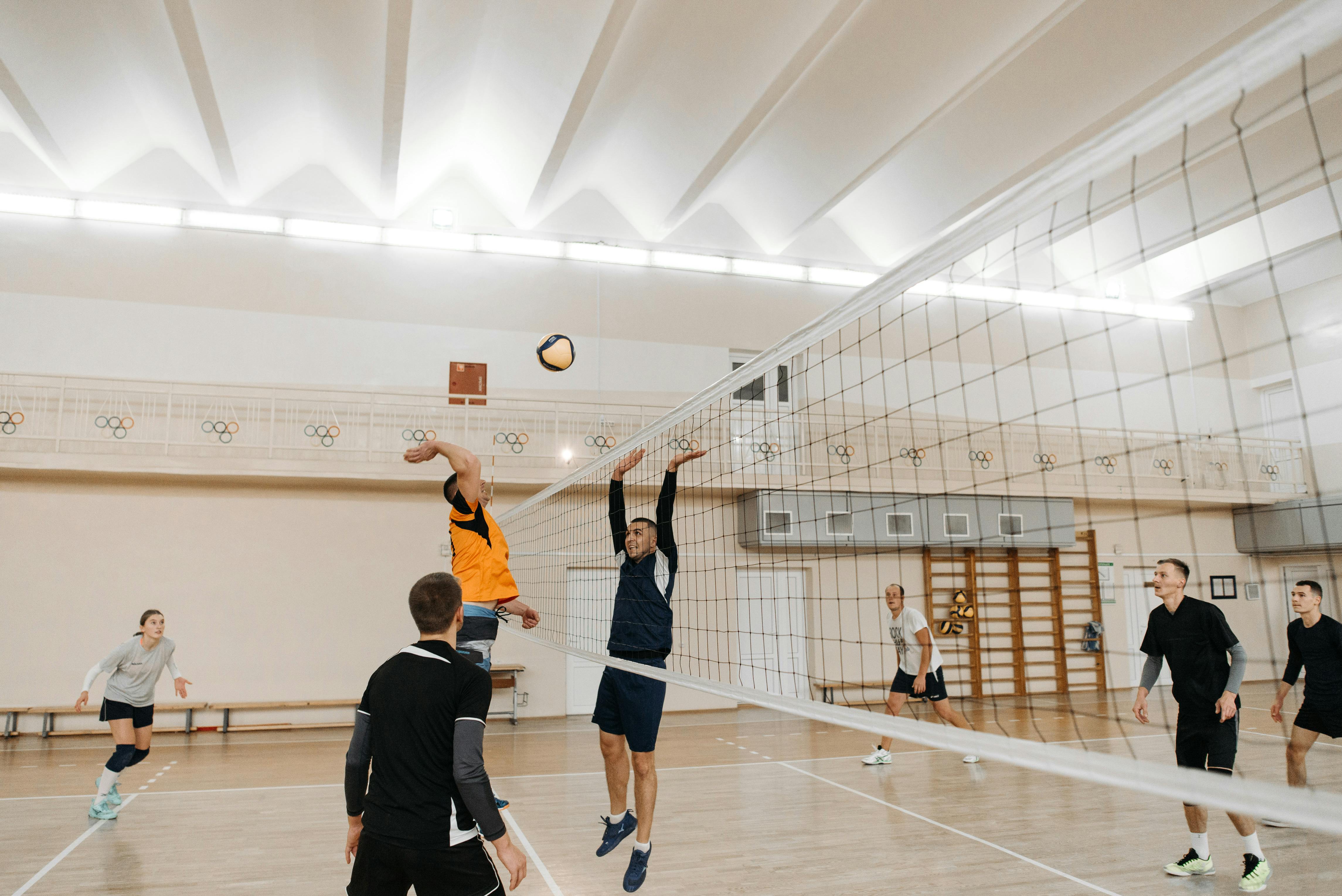
Triathlon training: the need for physical fitness tests
admin
- 0
In the experience of competing in triathlons, you never know how you will fare until race day. However, you may be able to get a better track on pace by taking certain fitness tests during the training year. You should be able to pinpoint a series of tests so you can see the progression throughout the season. I have found that these test sessions also help me stay motivated between races.
The first thing to do is get a baseline for your testing in the season. At the beginning of each season, you will need to collect a series of data points for each discipline.
In swimming, you will want to go to a local pool that has a pool of 25 or 50 yards or more. These exact measurements will allow you to set the same conditions for testing later. Then you will run a series of tests. Typically you want to test your short burst speed, long distance speed, and endurance level. You will want to record the distance, speed, and overall feel for each of the distances. For example, after a 5-minute warm-up in the pool that may consist of 50 yards of a moderate swim, 75 yards of Individual Medley (25 yards for each breaststroke, backstroke, and butterfly) and then finish with a Sprint 50 yards. Settle in after your warm-up, but within a minute after finishing. Continue with a 100-yard swim as fast as you can. This will need to be recorded for later use. After a 2 minute cool down, swim 400 yards at a moderate pace that is equal to your pace for a long distance run. Record the time for this particular distance. Rest 2 minutes. After the 2 minute break, proceed to swim 800 yards to measure endurance. Record the time of this swim. Once you are done swimming, calculate the time for each distance and record it in your training log. Also, include a rate of perceived exertion (RPE) for each distance based on how you felt during the particular distance. You will return to this same test every quarter of the racing season.
In execution, you will want to do similar tests that can be reproduced. The difficulty of running is trying to reproduce the weather for any particular event. Whether it is hotter or colder, wetter or colder, rain or not all affects the performance of a particular test. Try to choose a day that is comfortable for the time of year, and be sure to record the weather on your exercise log. Another way to test is on an indoor treadmill to reproduce the same conditions, but if you’re like me this seems pretty boring. You’ll want to select a course that you can play back later. Take the trail between 4 and 7 miles. This will test your endurance and speed. After a 15-minute jog warm-up combined with a few short sprints, start your test at a pace that you can maintain for the entire time but is higher than your training pace. You will want to be fatigued in the end. You will need to wear a heart rate monitor to record this crucial data for later comparison. Return to this test quarterly to see your progression. Be sure to write down your RPE for the test so you can notice any variations in this later.
The bicycle test is also similar to the others. You can perform this test indoors or outdoors, but try to coordinate the test conditions so that they are similar each time. This particular example comes from the Time Crunched Triathlete book. You’ll do a 10-minute warm-up on the bike to loosen up your legs and make sure you’re ready for the effort. Then you will do your best on the bike for 8 minutes recording speed, average speed, distance, heart rate, and RPE. Take a 10 minute bike ride to the start of the test and repeat with a second 8 minute effort. Record all the data that you recorded earlier. If you have a power meter, you will want to record the power data as well. Repeat this test quarterly to see your progression.
The second thing you want to do is compare the data from these tests. Make sure you move on. You may only notice a difference of a second or two, but you may notice a big difference in your heart rate or RPE. This is a growth in your ability to take on more and more resistance in your body.
The third thing you want to do is set the dates for your new tests based on the date of the first test. Many times these new tests will surprise you and you will forget about them. Set the dates and then incorporate them into your training plan. You certainly don’t want to do a fitness test the day before a race.
Using these various testing methods will help you see growth and capacity in your triathlon skills.

